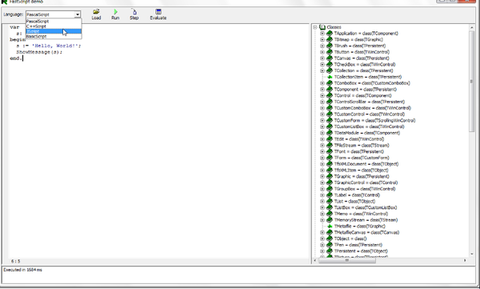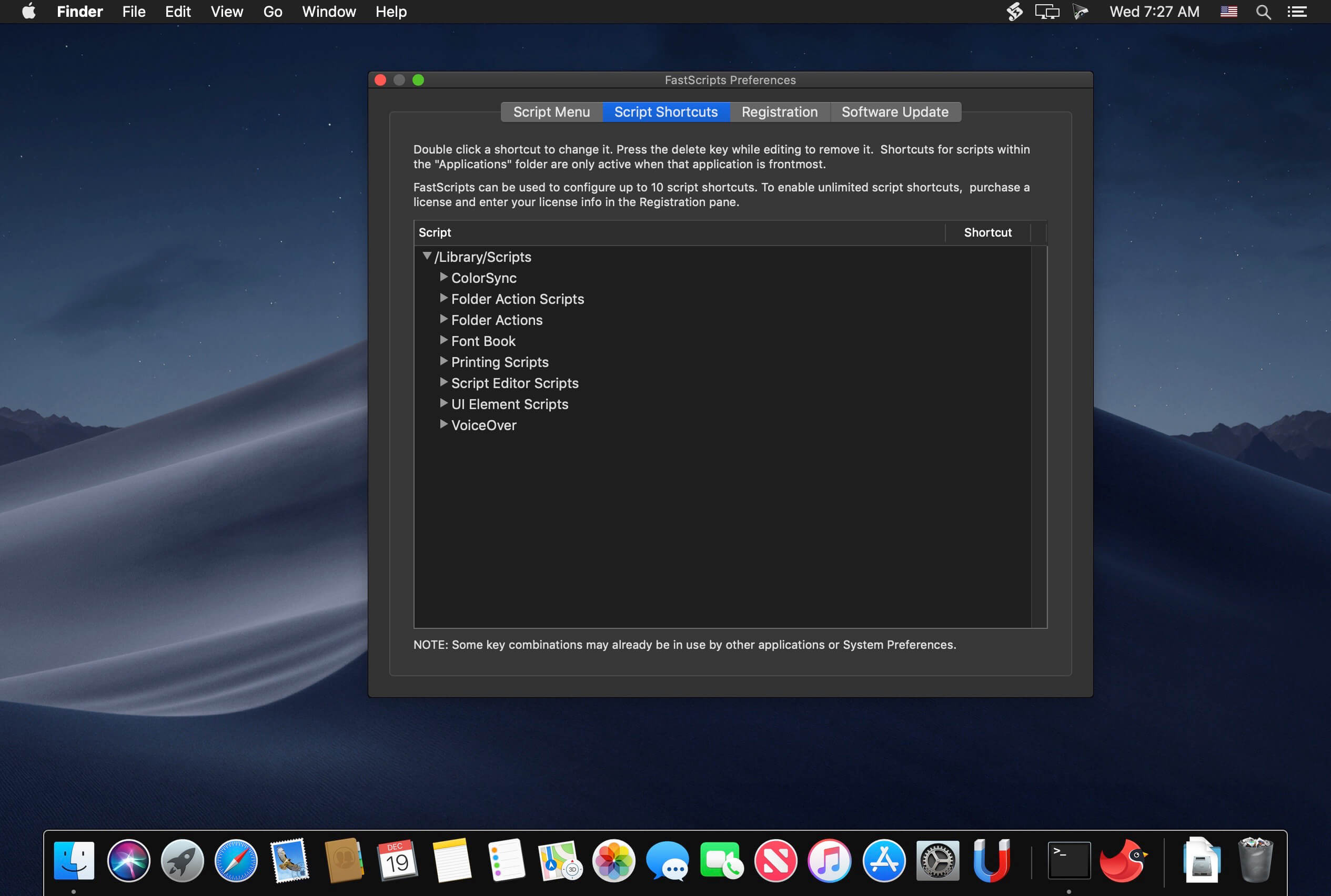

- FASTSCRIPTS 2.3.3 HOW TO
- FASTSCRIPTS 2.3.3 INSTALL
- FASTSCRIPTS 2.3.3 SOFTWARE
- FASTSCRIPTS 2.3.3 CODE
- FASTSCRIPTS 2.3.3 LICENSE
In the script, that code is defined in sections.
FASTSCRIPTS 2.3.3 INSTALL
If the user selects to install this component then the installer will execute that code. Each of these components has its own piece of code. For example in the NSIS distribution installer you can choose to install additional tools, plug-ins, examples and more. It's common for installers to have several things the user can install. For the uninstaller, it will display a confirmation page, and uninstall in the instfiles page.
FASTSCRIPTS 2.3.3 LICENSE
A typical set of pages looks like this: Page licenseįor the installer, this typical set of pages will display a license agreement, allow selection of components to install, allow selection of an installation directory, and finally install the selected components in the instfiles page. You can set which pages to display using the Page command (or PageEx for more advanced settings). 2.3.2 PagesĪ non-silent installer has a set of wizard pages to let the user configure the installer. Other basic instructions are Name and InstallDir.įor more information about installer attributes, have a look at Installer Attributes. Most of these commands can only be set and are not changeable during runtime. With these attributes you can change texts that will be shown during the installation, the number of installation types etc. Installer Attributes determine the behavior and the look and feel of your installer. The OutFile instruction is required and tells NSIS where to write the installer, you also need at least one section. You can also use Compiler Commands for compile-time operations. For example: !include Sections.nshĪ NSIS script contains Installer Attributes, Pages and Sections/Functions. Header files that reside in the Include directory under your NSIS directory can be included just by their name. To include a header file in your script use !include. This makes updating easier and it also makes your scripts easier to read. Header files can help you arrange your script by dividing it to more than one block of code, you can also put functions or macros in header files and include the header files in multiple installers. The default extension for a script file is. If you want to use a double-quote in a string you can either use $\" to escape the quote or quote the string with a different type of quote such as ` or '.įor more details about the script format, see Script File Format.
FASTSCRIPTS 2.3.3 HOW TO
"This is a sample that shows how to use line breaks for larger commands in NSIS scripts" For example: Messagebox MB_OK|MB_ICONINFORMATION \ The compiler will treat the new line as an addition to the previous line and will not expect a new command. If your command is too long for one line you can use a back-slash - '\' - at the end of the line.

In a NSIS script every line is treated as a command. You can download editors made especially for NSIS and files for syntax highlighting from the NSIS Wiki. An editor that supports syntax highlighting is also recommended. It's recommended to use a text editor that shows line numbers because NSIS uses line numbers to indicate where errors lie, and to warn you about where errors might lie. You can edit scripts with any text editor. A NSIS script is just a regular text file with a special syntax. To create a NSIS installer you first have to write a NSIS script. NSIS boasts the smallest overhead available while still providing a lot of options thanks to its powerful scripting language and support of external plug-ins. NSIS adds only about 34KB of code of its own (for the default configuration) to the data. NSIS compiles all of the files and the installation script into one executable file so your application will be easy to distribute. NSIS is very flexible and its scripting language is easy to learn. NSIS allows you to create everything from basic installers that just copies files to very complex installers that handle a lot of advanced tasks such as writing registry keys, settings environment variables, downloading the latest files from the internet, customizing configuration files and more. NSIS is a tool for developers to create such installers. The user doesn't have to worry about things he might have forgotten because all of the necessary steps were done by the installer. After the installer has finished the user is left only with the simple task of starting the program. The user goes through a wizard, makes the appropriate choices and waits until the installer finishes.

All the user needs to do is supply some information and the installer will do the rest.

All of this is done automatically for the user. The installer copies and/or updates files, writes registry keys, writes configuration, creates shortcuts, etc.
FASTSCRIPTS 2.3.3 SOFTWARE
Most software packages you download or buy come with an installer. Chapter 2: Tutorial: The Basics 2.1 Introduction


 0 kommentar(er)
0 kommentar(er)
